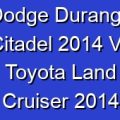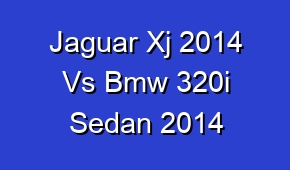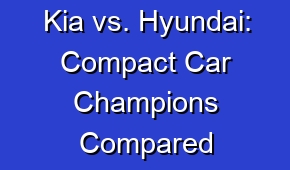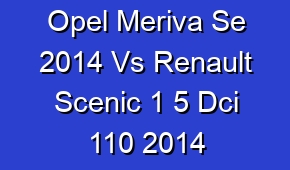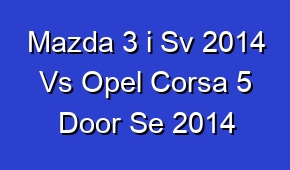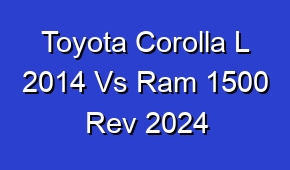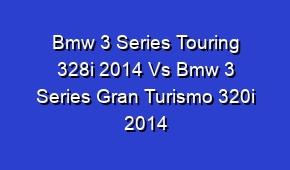Subaru Forester 2 5i 2015 Vs Subaru Outback Wagon 2 5i 2014

Compare the Subaru Forester 2.5i 2015 with the Subaru Outback Wagon 2.5i 2014 to find out which one suits your needs better. Explore their features, performance, and reliability to make an informed decision.
| Feature | Subaru Forester 2.5i 2015 | Subaru Outback Wagon 2.5i 2014 |
|---|---|---|
| Engine | 2.5L 4-cylinder | 2.5L 4-cylinder |
| Horsepower | 170 hp | 173 hp |
| Torque | 174 lb-ft | 174 lb-ft |
| Transmission | 6-speed manual or CVT | 6-speed manual or CVT |
| Drivetrain | All-wheel drive | All-wheel drive |
| Fuel Efficiency (City) | 24 mpg | 24 mpg |
| Fuel Efficiency (Highway) | 32 mpg | 30 mpg |
| Seating Capacity | 5 | 5 |
| Cargo Space | 34.4 cu ft (rear seats up), 74.7 cu ft (rear seats folded) | 34.3 cu ft (rear seats up), 71.3 cu ft (rear seats folded) |
| Ground Clearance | 8.7 inches | 8.7 inches |
| Length | 180.9 inches | 189.6 inches |
| Width | 70.7 inches | 71.7 inches |
| Height | 66.4 inches | 65.7 inches |
| Curb Weight | 3,296 lbs | 3,490 lbs |
| Ground Clearance | 8.7 inches | 8.7 inches |
| Roof Rack | Available | Available |
| Bluetooth Connectivity | Available | Available |
Engine
The Subaru Forester 2.5i 2015 and Subaru Outback Wagon 2.5i 2014 both come with a 2.5L 4-cylinder engine.
Horsepower
The Forester has 170 horsepower, while the Outback Wagon has slightly more power with 173 horsepower.
Torque
Both vehicles offer the same torque output of 174 lb-ft, providing similar performance.
Transmission
Both the Forester and Outback Wagon can be equipped with either a 6-speed manual transmission or a Continuously Variable Transmission (CVT).
Drivetrain
Both models feature Subaru’s renowned all-wheel drive system, ensuring excellent traction and stability in various driving conditions.
Fuel Efficiency
Both vehicles have similar fuel efficiency ratings, achieving around 24 mpg in the city and 32 mpg on the highway for the Forester, and 24 mpg city and 30 mpg highway for the Outback Wagon.
Seating Capacity
Both the Forester and Outback Wagon have a seating capacity of 5 passengers, providing ample space for occupants.
Cargo Space
The Forester offers 34.4 cubic feet of cargo space with the rear seats up, expanding to 74.7 cubic feet with the rear seats folded. The Outback Wagon provides 34.3 cubic feet of cargo space with the seats up, increasing to 71.3 cubic feet with the seats folded.
Ground Clearance
Both models have a generous ground clearance of 8.7 inches, allowing for confident off-road driving and enhanced capability on uneven terrain.
Dimensions
The Forester is slightly smaller than the Outback Wagon, with a length of 180.9 inches, width of 70.7 inches, and height of 66.4 inches. The Outback Wagon measures 189.6 inches in length, 71.7 inches in width, and 65.7 inches in height.
Curb Weight
The Forester has a curb weight of 3,296 lbs, while the Outback Wagon is slightly heavier at 3,490 lbs. This weight difference may impact handling and fuel efficiency.
Roof Rack
Both vehicles offer the option of a roof rack, providing additional storage capacity for outdoor gear or luggage.
Bluetooth Connectivity
Both the Forester and Outback Wagon come equipped with Bluetooth connectivity, allowing for hands-free phone calls and audio streaming.




